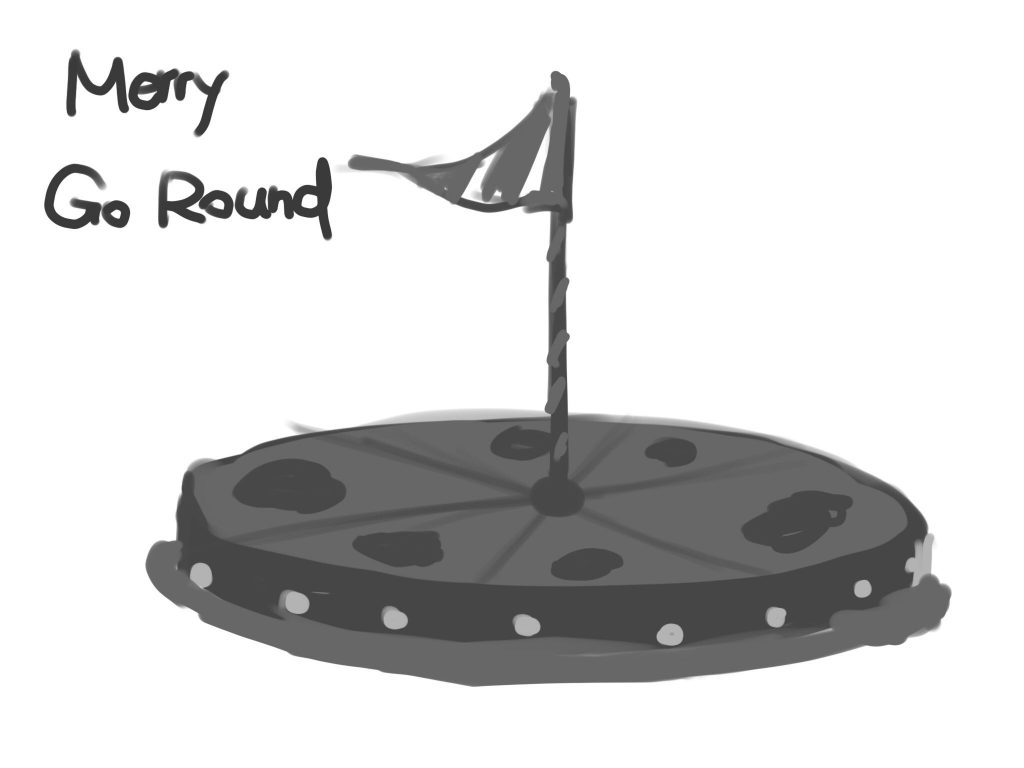Last week we spent most of our time playing with tech to test what plugins available out there can help us achieve our slimey dreams. We decided to go with a combination of Nvidia Flex and Vertexmotion. Flex would we useful to simulate slime physics when players want to mold slime creatures and Vertexmotion will be used to simulate slime when our slime creatures (Slimer!) are playing in the real world.
Once we had a good idea of what we can do with out tech, Olympia dived deeper into design. We decided to develop a 1 min scalable game for halves. The core pillars of our game are playfulness and discovery of new things.
Based on our design pillars designers focused on understanding and prioritizing the core interactions between the slime and the player. This formed the foundation of our game. The team also ideated on different types of slime that the players can discover and play with in the game. For halves, we decided to further develop three types of slime that will help us prove out our design. These are –
- Standard slime, a basic template character for the player to understand what slime in our world feels like.
- Fire slime, an antagonistic slime that means to hunt down the fire slime in the world.
- Sticky slime, that interacts very differently with the objects in the environment.
Based on the slimes, we also designed AI systems for the slimers. We also decided on the setting for our world – a playground!

At the same time our artists had been hard at work developing the look and feel of slimers and the music of our world.
Our programmers also started developing the slimer AI for the Standard slimer. Another major feat our programmers achieved was converting slime fluid simulation to mesh based slime simulation in real time.
Overall, we designed majority of our MVP this week and started proving out interactions and systems we hope to have in our game. Next week, our focus will be on bringing all the pieces together to make a playable demo.
WEATHER FORECAST: It’s going to rain slime soon!